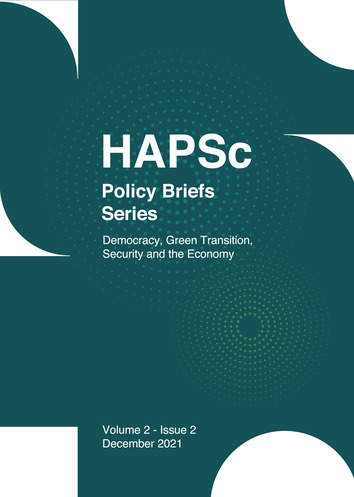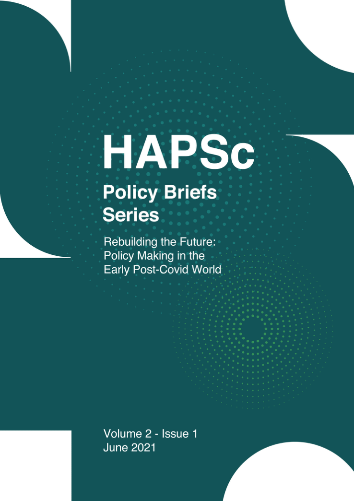Climate Change: A Newly Established Contributor to Terrorist Actions
Abstract
Although climate change and terrorism are two terms that are mostly analyzed separately, they tend to be two global threats in a feedback loop relationship. Climate change causes fragility and instability because of the lack of natural resources and the vulnerability of human security. Considering this situation, NSAGs (Non-State Armed Groups) take advantage of this fragility and proliferate. In order to be established, they even attempt to earn the support of the local population. Food insecurity, water/land scarcities caused by climate change lead to intense poverty of the local population. As a result, they are more vulnerable to the recruitment of NSAGs, which promise them economic incentives. Various case studies demonstrate that NSAGs, such as Boko Haram in Lake Chad, exploit and manipulate the local population to impose their regime. For this purpose, NSAGs use strategically natural resources such as water, by using them as weapons or by forbidding access to these vital resources. Governments have attempted to control this exacerbation of terrorist actions in the environmental framework but the solution of the problem demands the collaboration of multiple actors. Policy makers will be able to address these challenges by building resilient societies that engage people with their problems.
Article Details
- Zitationsvorschlag
-
Kechagia, I., Makariou, E., & Spiliotopoulou, M. (2021). Climate Change: A Newly Established Contributor to Terrorist Actions. HAPSc Policy Briefs Series, 2(2), 206–215. https://doi.org/10.12681/hapscpbs.29507
- Rubrik
- Articles

Dieses Werk steht unter der Lizenz Creative Commons Namensnennung 4.0 International. Authors retain copyright and grant the journal right of first publication with the work simultaneously licensed under a Creative Commons Attribution License that allows others to share the work with an acknowledgement of the work's authorship and initial publication in this journal.




